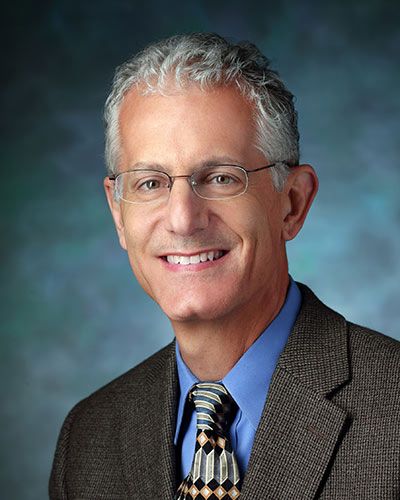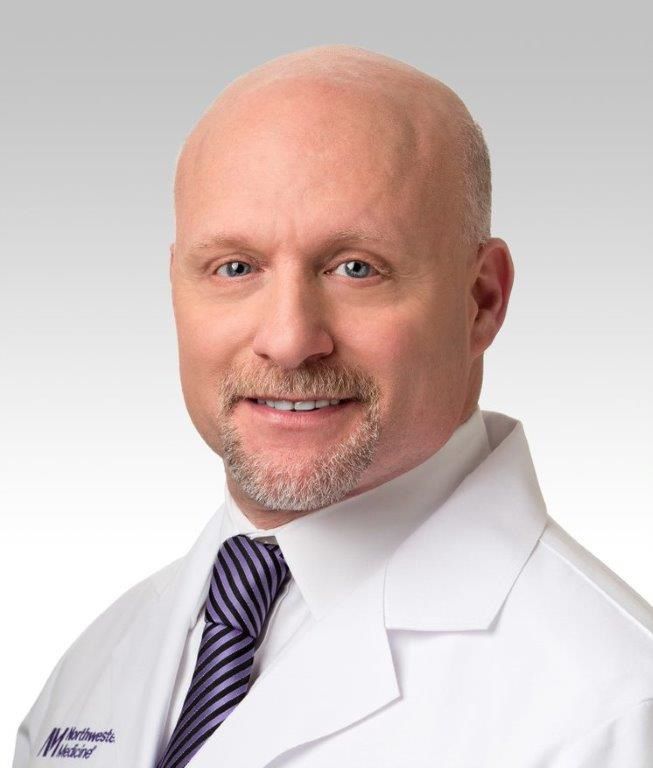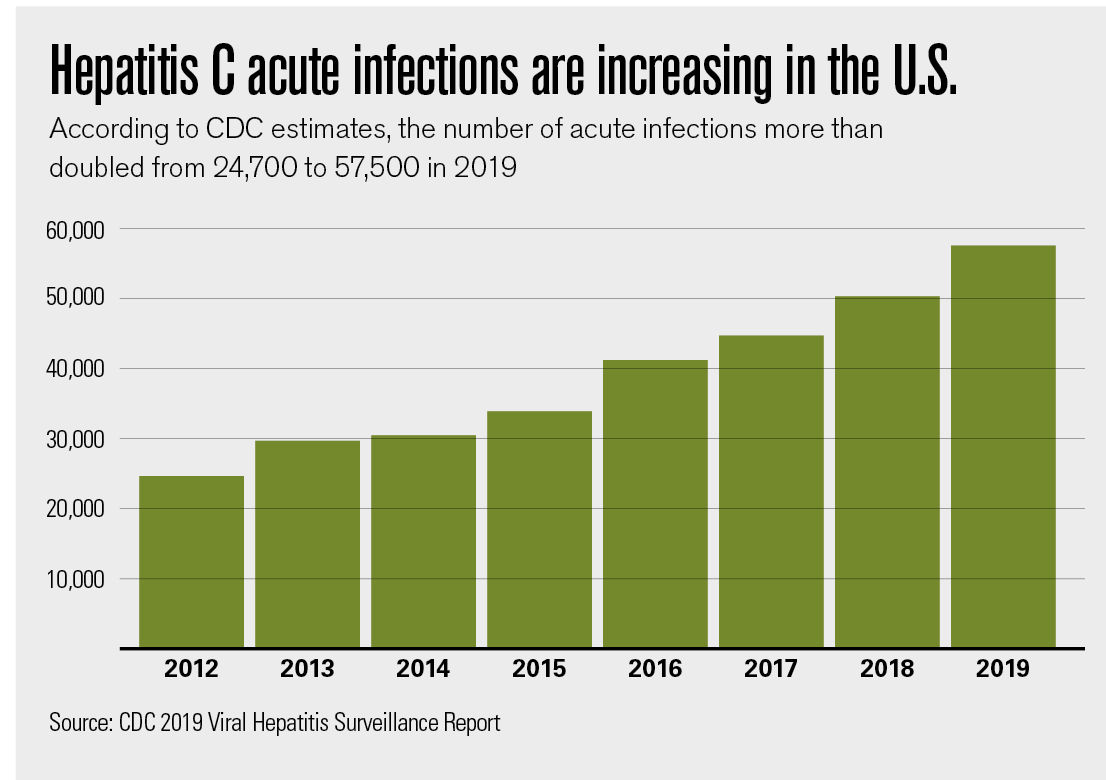- Drug Coverage
- Hypertrophic Cardiomyopathy (HCM)
- Vaccines: 2023 Year in Review
- Eyecare
- Urothelial Carcinoma
- Women's Health
- Hemophilia
- Heart Failure
- Vaccines
- Neonatal Care
- NSCLC
- Type II Inflammation
- Substance Use Disorder
- Gene Therapy
- Lung Cancer
- Spinal Muscular Atrophy
- HIV
- Post-Acute Care
- Liver Disease
- Pulmonary Arterial Hypertension
- Safety & Recalls
- Biologics
- Asthma
- Atrial Fibrillation
- Type I Diabetes
- RSV
- COVID-19
- Cardiovascular Diseases
- Breast Cancer
- Prescription Digital Therapeutics
- Reproductive Health
- The Improving Patient Access Podcast
- Blood Cancer
- Ulcerative Colitis
- Respiratory Conditions
- Multiple Sclerosis
- Digital Health
- Population Health
- Sleep Disorders
- Biosimilars
- Plaque Psoriasis
- Leukemia and Lymphoma
- Oncology
- Pediatrics
- Urology
- Obstetrics-Gynecology & Women's Health
- Opioids
- Solid Tumors
- Autoimmune Diseases
- Dermatology
- Diabetes
- Mental Health
Hepatitis C Is Making a Comeback
Rates dipped in the 1990s, but the opioid epidemic and the contaminated needles associated with it have caused an increase in new acute cases.
In the United States, hepatitis C seemed like one those diseases that might be hailed as a success story. Transfusions with unscreened blood products were a major source of infections before a test for the virus that causes the disease started being used in the 1990s. Afterward, infections from transfusions in the United States stopped occurring. Then in the mid-2010s, new medications, such as Sovaldi (sofosbuvir) and Harvoni (ledipasvir and sofosbuvir), that acted directly on the virus, became available. Although their price was a major issue, they were remarkably effective at curing the infection and were a huge improvement over an arduous regimen that many patients had difficulty sticking with.
But as it turned out, it was too soon to celebrate. Hepatitis C virus (HCV) has staged a comeback, largely because of the opioid epidemic and transmission through contaminated needles. The number of acute cases of hepatitis C in the U.S. has more than doubled since 2012, according to the CDC, jumping from 24,700 cases to 57,500 acute cases in 2019. The public health agency says that in 2019, there were 14,242 deaths in the U.S. that listed hepatitis C as the cause of death.
David Thomas

“Chronic HCV infection kills more Americans than HIV and all other reportable infectious diseases except COVID-19,” says David Thomas, M.D., a professor at the Johns Hopkins University School of Medicine who cares for patients with chronic HCV.
Health officials have responded with efforts to make screening for hepatitis C routine. Meanwhile, the prices of the direct-acting antiviral medications have fallen. Even so, states are experimenting with ways to pay for the drugs that lessen the cost burden and may make the medications more readily available.
HCV is often asymptomatic
The hepatitis C virus (HCV) is most commonly transmitted through contaminated blood. Transmission may occur through unscreened blood transfusions and blood products, contaminated injections during medical procedures, or injection drug use. Infection from transfusions and unsafe medical procedures is a problem that haunts healthcare systems in the developing world but not those in richer countries that have taken steps to screen their blood supplies and make medical procedures safer. Sexual transmission is a possibility, but much less likely.
Steve Flamm

Unlike some pathogens, “this virus doesn’t really come from contact, like when you shake someone’s hand,” says Steven Flamm, M.D., a professor of gastroenterology and hepatology and medical director of liver transplantation at Northwestern University Feinberg School of Medicine in Chicago. “It doesn’t come from sharing forks. It doesn’t come from doorknobs.”
Symptoms of acute infection may include jaundice (yellowing of the skin and eyes), dark urine, extreme fatigue, nausea, vomiting and abdominal pain. But in many cases acutely infected individuals have no symptoms.
Over time, HCV infection can lead to fibrosis, which is scarring of the liver. Two or three decades after infection, approximately one-third of people with HCV develop cirrhosis, a late-stage liver disease in which healthy tissue is replaced with scar tissue, resulting in irreversible damage, Flamm says. “Until recent years, hepatitis C was the
No. 1 reason for liver transplantation, not only in the United States but in the Western world,” he adds.
Routine testing
Many states are striving to address HCV through screening and improved access to effective treatment, according to Philip A. Chan, M.D., M.S., an infectious diseases specialist at the Rhode Island Department of Health and associate professor at Brown University. “Routine testing for HCV is key to identifying chronic hepatitis C for treatment and also for preventing onward transmission,” says Chan.
Routine testing in people with risk factors is important, says Chan, because people with chronic hepatitis Cusually don’t have any symptoms that would prompt a clinician to order a test. A crucial step in preventing liver damage and death from HCV is acknowledging that it’s a silent killer, says Neil Gupta, M.D., M.P.H., chief of the epidemiology and surveillance branch in the division of viral hepatitis at the CDC.
The CDC’s new screening guidelines may be helping more people receive an earlier diagnosis. In April 2020 the agency issued an update recommending that all people 18 years or older be tested at least once and that women undergo screening during each pregnancy. The CDC noted, however, that people with ongoing risk factors should be tested more often.

Until that announcement, testing was recommended only for baby boomers. Three-fourths of U.S. adults with hepatitis C are baby boomers, according to the National Institutes of Health. Many of them were infected several decades ago, mainly from blood transfusions, and may not know they’re at high risk for the virus.
Along with baby boomers, adults ages 18 to 36 also have high rates of infection, largely because of the sharing of needles for drug use.
Injection drug use
“The epidemics of opioids and heroin use have really fueled the rise in hepatitis C that we are seeing right now,” says Dawd S. Siraj, M.D., M.P.H., a professor in the division of infectious diseases at the University of Wisconsin School of Medicine and Public Health in Madison. Hepatitis C is a disease that affects the marginalized and stigmatized segments of the United States, he notes, including people who are unhoused. Homelessness is a big risk factor in addition to opioid and heroin use.
Educating communities about injection drug use and accessibility of needle exchange programs is helping to flatten the curve of HCV infection. These organized programs enable drug users to replace used needles with sterile ones, says Larry Lutwick, M.D., a retired Mayo Clinic professor who is the moderator of ProMED (Program for Monitoring Emerging Diseases), an online surveillance initiative for infectious diseases throughout the world. “Based on data, this does not lead to increased injection drug use and does decrease the acquisition of HCV and HIV,” Lutwick says.
True game changers
Although there is no HCV vaccine, the direct-acting antivirals have transformed treatment, so it is easier and more effective.
Until 2014, treatment involved injection of interferon, which was only somewhat effective and resulted in significant side effects. The direct-acting antivirals were pills, not injections, and cured HCV approximately 95% of the time while dramatically decreasing toxicity, says Joseph K. Lim, M.D., a professor and director of the viral hepatitis program at Yale School of Medicine.
For most patients, treatment consists of one to three pills daily for two to three months, Lim says. Afterward, patients still need to be monitored for liver cancer even if they are cured of the infection.
The catch with the direct-acting antiviral medicines has been their price. Lack of access to the curative medications is still an issue in many parts of the world, according to the World Health Organization (WHO).
But Thomas says that “in the United States, the cost of HCV treatments can no longer be an impediment. Prices have dropped considerably, and a complete cure of HCV costs less than a one-year supply of some other widely accepted medications.” But, he adds, “the number of actual prescriptions now is lower than it should be, given that there remain 2 million persons living with a potentially fatal, transmissible and curable infectious disease.”
Louisiana and other states have negotiated “Netflix” subscription plans for paying for the antivirals whereby they pay a set price for an unlimited number of prescriptions. “That type of strategy caps spending for the state and removes the incentive to make treatment hard to get as a way of saving money,” Thomas says.
